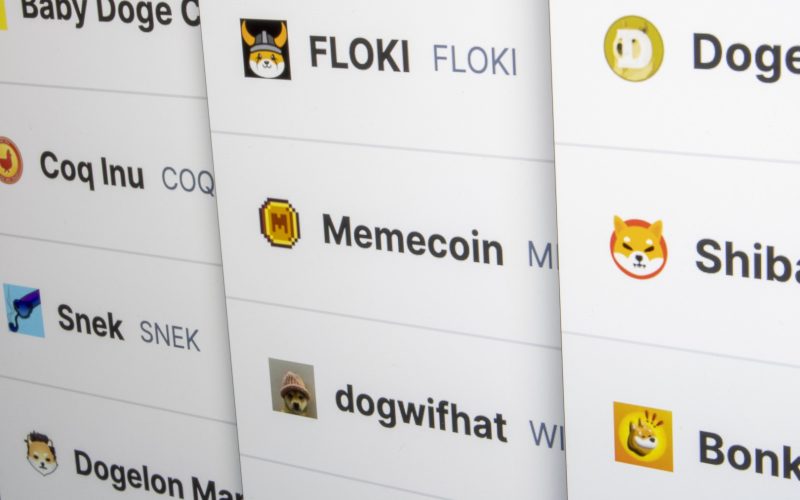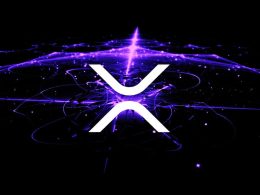If you’re just getting started with cryptocurrency, it can be overwhelming to navigate the sheer volume of information, projects, and platforms. With countless crypto projects like DeFi, Layer 1, Layer 2, and even meme coins, understanding the core differences between these terms is crucial. Additionally, knowing where and how to trade is essential for getting involved in the crypto market. In this guide, we’ll break down the basics of key cryptocurrency concepts and provide links to the most trusted exchanges where you can trade, such as Coinbase, Coinbase Advanced, Uphold, Binance.US, and Gemini.
We’ll also introduce tools like TradingView and CoinMarketCap to help you track and analyze the market professionally. Let’s dive in!
Understanding the Basics: What Are Cryptocurrency Projects?
Before jumping into trading, it’s important to understand the types of cryptocurrency projects you’ll encounter in the market. Each type serves a different function and has unique characteristics. Below, we’ll outline the core categories you need to know.
Decentralized Finance (DeFi)
DeFi, short for Decentralized Finance, represents a new financial ecosystem built on blockchain technology, which allows users to borrow, lend, trade, and earn interest without intermediaries like banks. DeFi platforms run on smart contracts, automating transactions and providing financial services to anyone with internet access.
Popular DeFi projects include:
- Uniswap (UNI): A decentralized exchange (DEX) where users can swap tokens without an intermediary.
- Aave (AAVE): A lending platform where users can lend and borrow crypto assets.
- MakerDAO (MKR): A decentralized platform that issues Dai, a stablecoin pegged to the U.S. dollar.
Meme Coins
Meme coins are cryptocurrencies that gain popularity due to internet culture and social media rather than technological innovation. They often start as a joke but can build strong communities and sometimes achieve significant market value.
Examples of meme coins include:
- Dogecoin (DOGE): Originally created as a joke, Dogecoin has become a widely traded asset with a passionate community.
- Shiba Inu (SHIB): A meme coin inspired by Dogecoin, often referred to as the “Dogecoin killer.”
Layer 1 (L1) Solutions
Layer 1 refers to the foundational blockchain networks that handle transactions and host decentralized applications (dApps). These blockchains are responsible for their own security, consensus mechanisms, and transaction processing.
Key Layer 1 blockchains include:
- Bitcoin (BTC): The first and most well-known cryptocurrency, often used as a store of value.
- Ethereum (ETH): A blockchain that enables smart contracts and decentralized applications.
- Solana (SOL): Known for its high-speed transactions and low fees, Solana is a growing platform for DeFi and NFTs.
Layer 2 (L2) Solutions
Layer 2 refers to protocols that operate on top of Layer 1 blockchains to improve their scalability and efficiency. Layer 2 solutions aim to address the limitations of Layer 1 blockchains, such as congestion and high transaction fees.
Examples of Layer 2 solutions include:
- Polygon (MATIC): A Layer 2 solution for Ethereum that improves transaction speed and reduces fees.
- Optimism (OP): Another Ethereum Layer 2 solution that enhances scalability and lowers costs.
Staking
Staking is the process of locking up your cryptocurrency in a network to help support its operations, typically in Proof of Stake (PoS) blockchains. In exchange for staking your assets, you earn rewards, usually in the form of the native cryptocurrency. This provides a way for long-term holders to generate passive income.
Popular staking platforms include Ethereum 2.0, Cardano, and Solana.
Where to Trade Cryptocurrencies: Best Exchanges
Once you understand the different types of projects, the next step is choosing a trusted exchange where you can buy, sell, and trade cryptocurrencies. Below are some of the most popular platforms, along with links for easy sign-up.
Coinbase
Coinbase is one of the largest and most user-friendly crypto exchanges. It offers a simple interface for beginners to buy and sell a variety of cryptocurrencies, including Bitcoin, Ethereum, and many altcoins. Coinbase is known for its educational resources, making it a great starting point for those new to crypto.
For advanced traders, Coinbase also offers Coinbase Advanced, which provides more trading tools, charts, and lower fees.
Binance.US
Binance.US is the American arm of Binance, one of the largest global cryptocurrency exchanges. Binance.US offers a wide variety of cryptocurrencies and competitive trading fees, making it a favorite for more experienced traders who want access to many different altcoins. It also provides advanced trading features for those looking to go beyond simple buy and sell orders.
Gemini
Gemini is a highly secure and regulated U.S.-based cryptocurrency exchange. Known for its focus on safety and compliance, Gemini provides a straightforward trading experience while ensuring your funds are secure. It’s an ideal platform for beginners who prioritize security.
Uphold
Uphold offers a unique platform that allows you to trade not only cryptocurrencies but also fiat currencies and even precious metals like gold. Its multi-asset functionality makes it a versatile platform for those looking to diversify their investments. Uphold is also known for transparent fees and an easy-to-use interface.
Professional Tools for Analyzing the Market
For those who want to dive deeper into technical analysis and market tracking, tools like CoinMarketCap and TradingView are essential. These platforms provide real-time data, charts, and analysis tools to help you make informed decisions.
CoinMarketCap
CoinMarketCap is a comprehensive cryptocurrency data platform that tracks the price, market capitalization, and volume of nearly every cryptocurrency in existence. It also provides news, educational resources, and insights into individual projects. If you want to stay informed about the market, CoinMarketCap is the go-to resource.
TradingView
TradingView is one of the most popular platforms for charting and technical analysis. It offers a wide range of tools for tracking crypto prices and performing in-depth analysis, making it a must-have for anyone serious about crypto trading. Whether you’re a beginner or a professional trader, TradingView has something for everyone.
Start Your Crypto Journey with Confidence
Cryptocurrency offers a world of opportunities, from Decentralized Finance (DeFi) and Layer 1 solutions to staking and meme coins. With the right understanding of these concepts and access to trusted exchanges like Coinbase, Coinbase Advanced, Binance.US, Gemini, and Uphold, you can start trading with confidence.
For those looking to sharpen their trading skills, CoinMarketCap and TradingView are invaluable tools that will help you analyze the market professionally.
Now that you have a better understanding of the crypto world, you’re ready to take the next step in your financial journey. Whether you’re investing, trading, or simply exploring, the power to control your financial future is in your hands.








